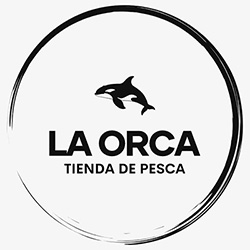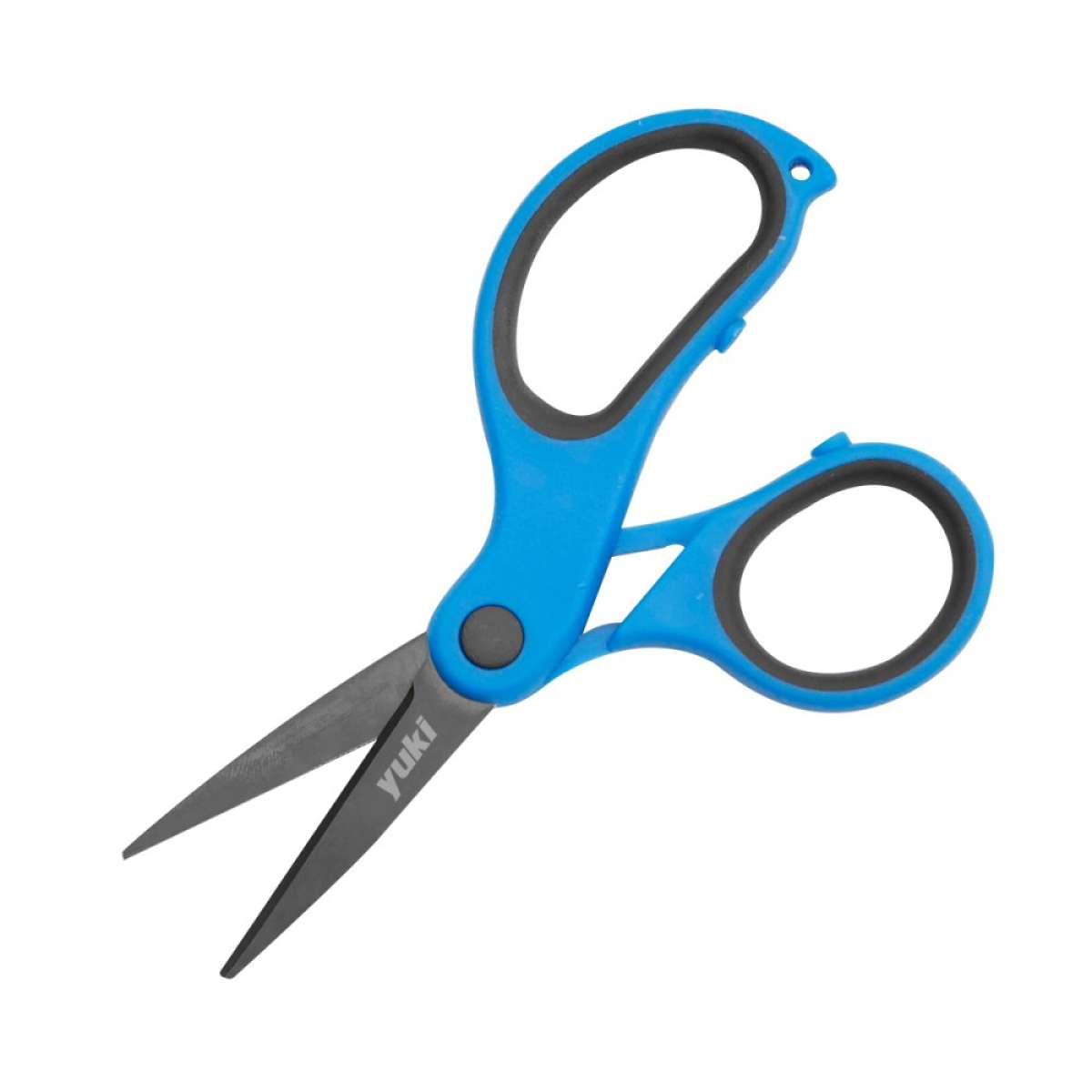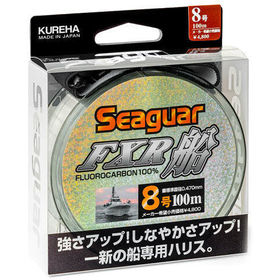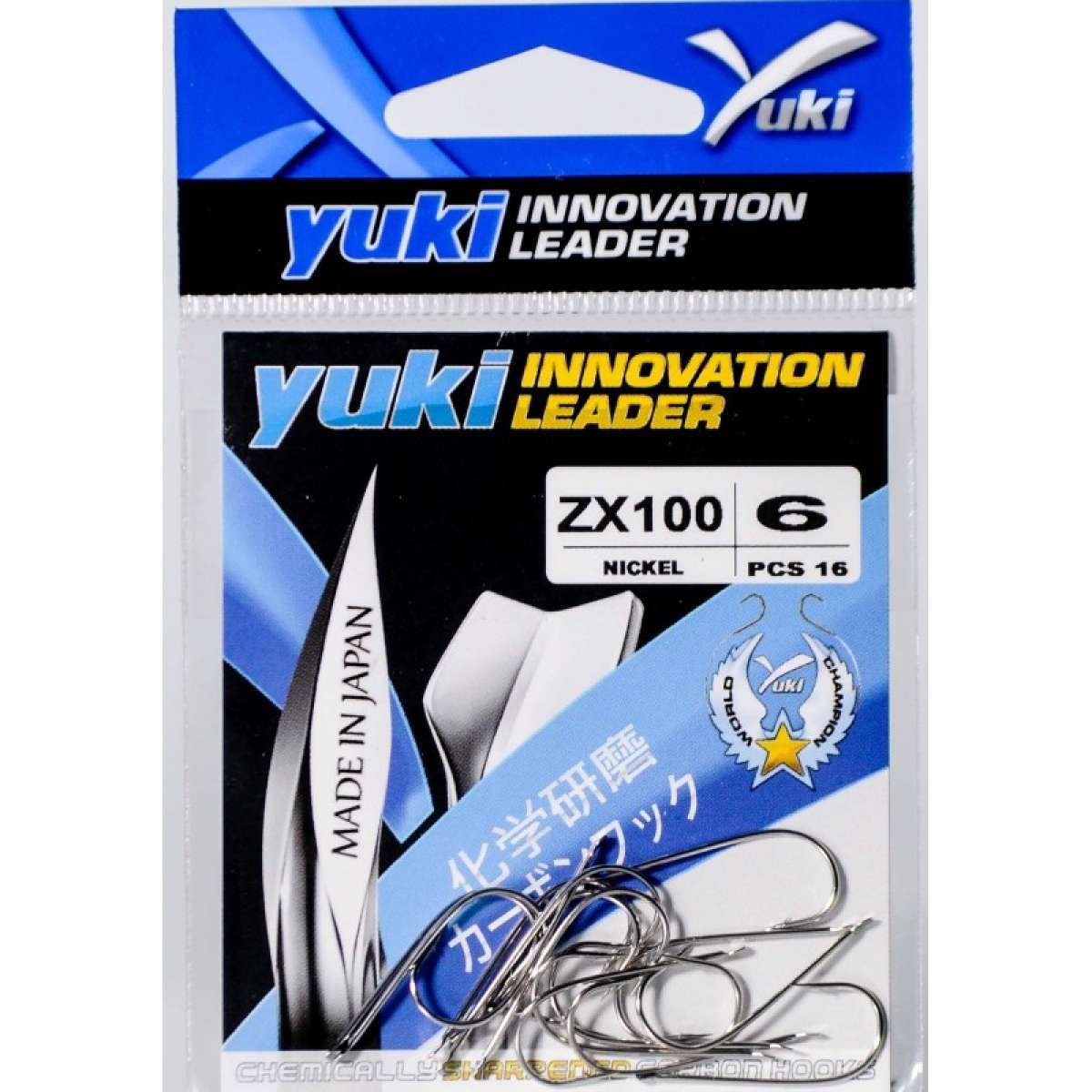Tienda
TIJERAS TRENZADO YUKI
5,95€
50 disponibles
Las Tijeras Yuki Lux para trenzado son una herramienta imprescindible para cualquier pescador que busque precisión, durabilidad y eficacia a la hora de trabajar con hilos de alta resistencia. Diseñadas por la reconocida marca Yuki, estas tijeras han sido fabricadas en acero inoxidable de primera calidad, lo que garantiza una excelente resistencia a la corrosión, incluso en entornos marinos donde la exposición al salitre y la humedad es constante.
Especialmente pensadas para el corte de hilo trenzado, que como bien se sabe puede resultar complicado de seccionar con tijeras convencionales debido a su estructura fuerte y entrelazada, las Yuki Lux destacan por su afilado preciso y su capacidad de mantener el filo incluso tras numerosos usos. Su diseño está optimizado para proporcionar un corte limpio, sin deshilachados, lo que es fundamental cuando se preparan montajes o se trabaja con bajos de línea.
Con un tamaño de 14 cm, estas tijeras ofrecen un equilibrio perfecto entre portabilidad y control. Su longitud es ideal tanto para llevarlas cómodamente en la caja de pesca, mochila o chaleco, como para utilizarlas con seguridad y firmeza en el momento de preparar nuestros aparejos. El diseño del mango está pensado para un agarre ergonómico, permitiendo trabajar durante largos periodos sin provocar fatiga en la mano, incluso en condiciones de humedad o frío.
Además de su excelente rendimiento con hilos trenzados, también resultan muy útiles para cortar monofilamentos, fluorocarbonos, líneas de plomo fino o incluso pequeños cebos blandos. Su versatilidad y durabilidad las convierten en una herramienta fundamental para modalidades como el surfcasting, spinning, jigging o carp fishing, donde el uso de trenzados y montajes técnicos es habitual.
En resumen, las Tijeras de Trenzado Yuki Lux son sinónimo de calidad, funcionalidad y precisión. Una inversión segura para cualquier pescador que valore tener herramientas confiables, resistentes y especialmente diseñadas para las necesidades reales de la pesca moderna.








